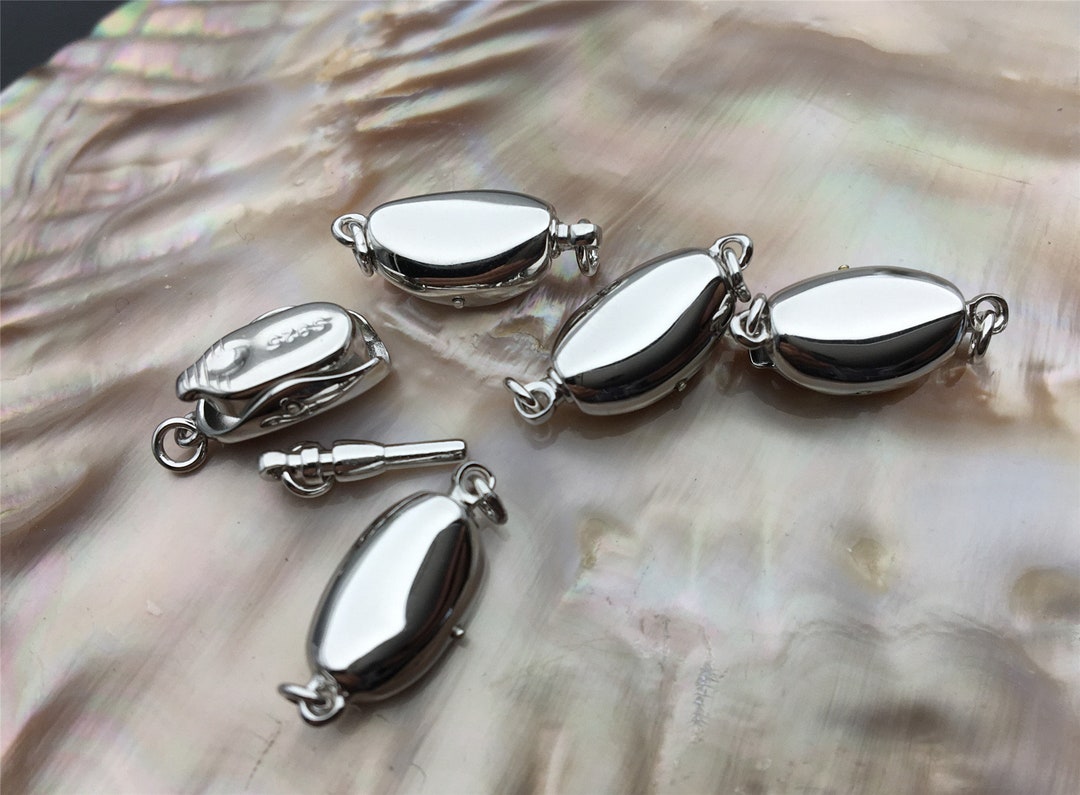Welcome to this thread,
@Pearls&Pugs!
I find it's helpful to be sure there is no twist at all in the thread
before adding the gimp. Sometimes it helps to hold the thread with the needle down and let it untwist itself a bit before you gently guide your fingers through the doubled thread to finish untwisting it. I like fluttering my fingers a bit as I untangle the thread; it seems to help. Keep the doubled thread loose until any twist is gone. Otherwise you may get a knot or a worse tangle.
Be sure the needle isn't flipped over, either. I find that happens pretty often. Get it all straight, then add the gimp and pass the needle through the clasp.
Then be very careful to prevent any twist at every step of the way when back-knotting.
Don't be in a rush. Finishing a necklace can be tricky, so take your time.
When starting to back-knot through the first pearl, use your fingers to keep the thread loop straight and use fingers or tools to guide the gimp carefully to the right place, with the clasp centered over the gimp, before tightening the thread.
Now you are through the 1st pearl. Make your overhand knot.
After making the knot, if you see any twisting happening in the thread, straighten it out before passing the needle through the next pearl.
After you pass the needle through the 2nd pearl, use your fingers like this to maintain tension in the thread as you pull it through:
When there is no more room for even one finger, if it seems like it is tending to twist, you can use an awl (or whatever else you have) to maintain the tension until all the thread has been pulled through the 2nd pearl.
Repeat as needed until you are through all the pearls.

 www.etsy.com
www.etsy.com

